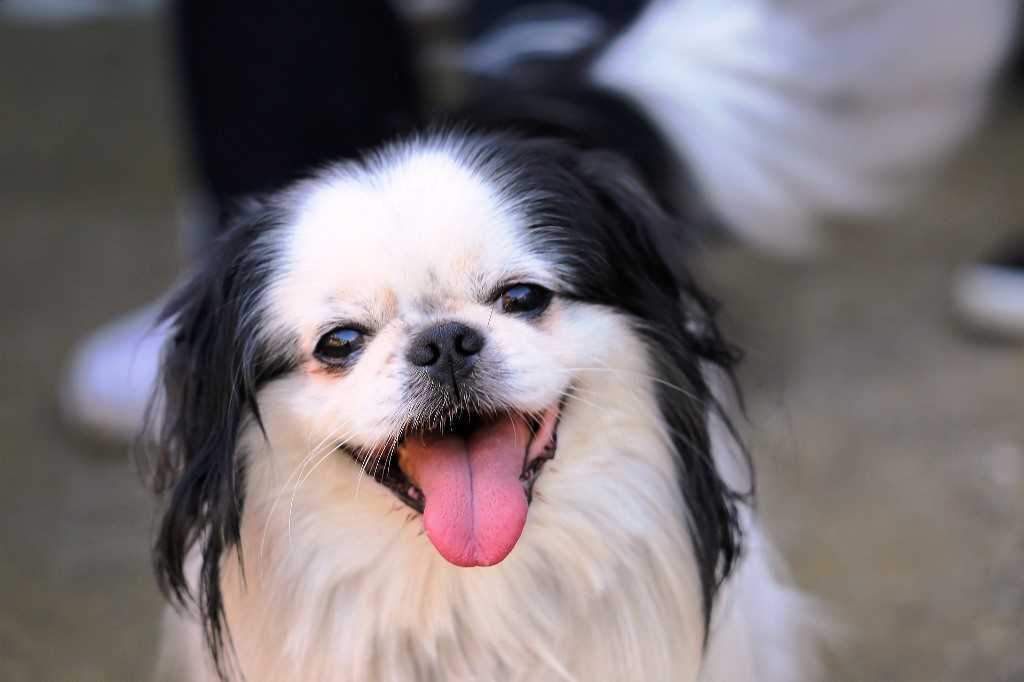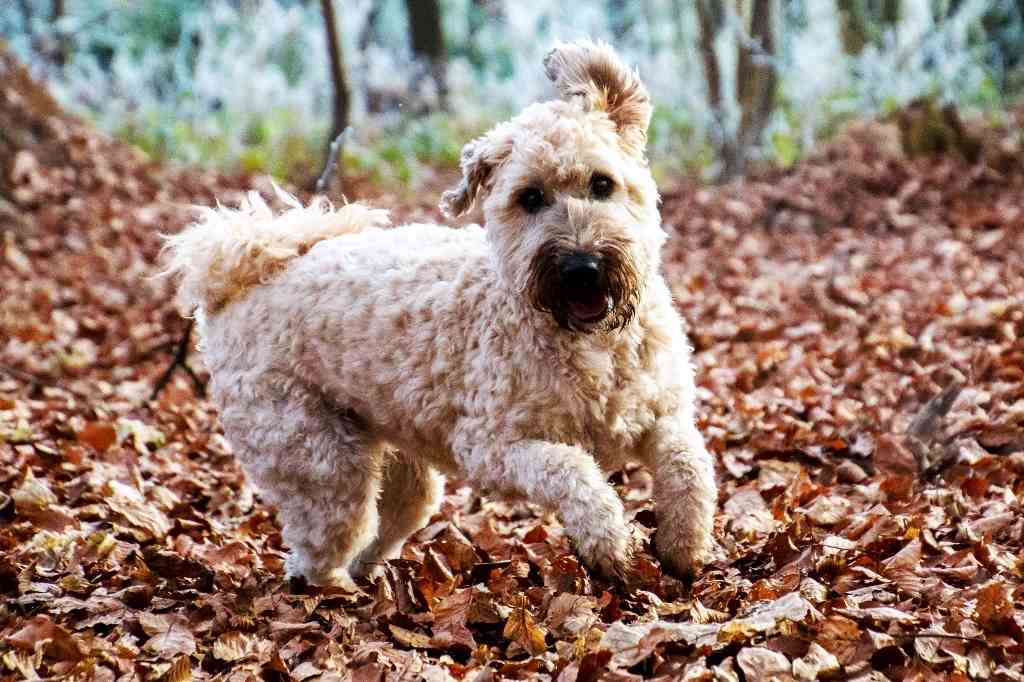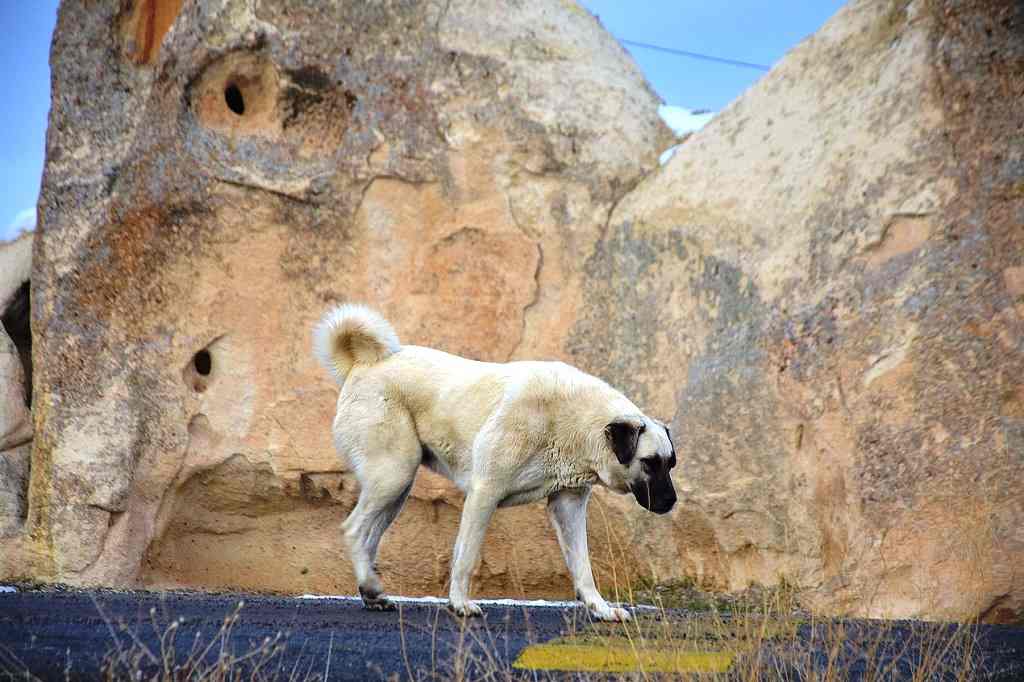The origins of the Japanese chin dog breed are not very certain. It was introduced to Japan around 732 A.D. brought by Korean rulers of the Silla dynasty, as a gift to the imperial court of the Rising Sun. Its origins, however, are presumably much older and are thought to have come from China or Tibet, while another theory would have the breed derive from Korea.
In Japan there was a custom that the wives of the most prominent samurai were given dogs of this breed as gifts, which contributed to its spread. This dog thus became the idol of the nobility in that nation. It is said that even the Emperor of Japan HiroHito brought twenty splendid specimens to court, of which he was very fond.
In Europe, the breed arrived in the early 1600s and was most likely derived from crosses between Tibetan spaniels and small Chinese dogs, including the Pekingese. In the mid-1800s, Commodore Perry introduced some Japanese chins into England where they quickly became the favourite breed of the nobility. A dog of this breed was immortalised on canvas with Queen Victoria.
In the United States, it even made it to the White House.
Character of the Japanese chin breed
The Japanese chin is a companion dog and has all the characteristics to be truly unique. He is cheerful, impetuous, lively, intelligent, sociable and playful. But being so lively and always ready to play, he knows very well how to stay in his place when he has to, and is capable of not disturbing when asked. In short, his discretion and respect for his master are so strong that he does not break the house rules without good reason.
With children he is very sociable and, given his very small size, he is well suited to being with them and indeed manages to cuddle and spoil them in his own way. And not only with children, but also with adults, this dog is sociable, docile and lively. You have to be careful what you allow him to do, when you let him do something or occupy a place, sofa or chair, it will become his forever. Being habitual, he will not easily be willing to change his habits. He barks very little and never for no reason.
As a character trait, this little dog is very reminiscent of feline behaviour, such as using his paws to wipe his face. He has an excellent sense of balance and can easily climb, and just like cats, he likes to hide a little bit everywhere. He is also sociable with other animals, both dogs and other pets in the house.
It is a dog that is suitable for everyone; it does not need much exercise, it loves being indoors, so it is also good for elderly or sedentary people. However, it loves walks in the open air and hates being left alone for too long. One of its most unique peculiarities is to emit a sound similar to a canary’s cry when it is particularly happy. So he will greet you with a trill when you return home and this will be his welcoming ritual. Furthermore, when happy or playing, it likes to whirl around itself, and this particular movement is called a tidal dance.
Appearance of the Japanese chin dog breed
The Japanese chin is a small dog, is about 25 centimetres long and weighs around 3 kilograms, females can be slightly longer at the same weight. It has a well-proportioned and robust body, its limbs are short and slender, allowing it an elegant and supple gait. The tail, covered with abundant and long hair, bends from the base on one side and rises on the back to fall back on the opposite side.
The skull is broad and rounded at the front, the muzzle is short and broad, rather large in relation to the body. The eyes, very large and dark, are well spaced out and protruding, a beautiful shiny black.
The truffle is wide and generally black; the ears are small and V-shaped, spaced apart, hanging close to the muzzle and covered with long hair.
The coat consists of a single layer, long, soft, smooth, silky and dense, all along the body, and this gives it a very sympathetic and elegant appearance. The coat has abundant fringes on the ears, neck, thighs and tail. The colour is usually two-tone: black-white or orange-white, but sometimes lemon or sand can also be found.
Care and health of the Japanese chin dog breed
This breed is very healthy and basically free of typical breed diseases, but like all brachycephalic dogs has a tendency to have respiratory problems. Other diseases found are eye infections, heat stroke, and whelping problems. It is a very cold-hardy dog, but is very afraid of heat and exposure to very hot climates should be avoided.
As far as its diet is concerned, it does not tend to put on too much weight, but needs a controlled diet as little exercise leads it to gain weight. It does not lose much hair, except during moulting periods, and its thick coat requires it to be combed regularly to avoid knots. Bathing is advisable once a month or if it is really dirty. Too frequent bathing may lead to skin problems.


